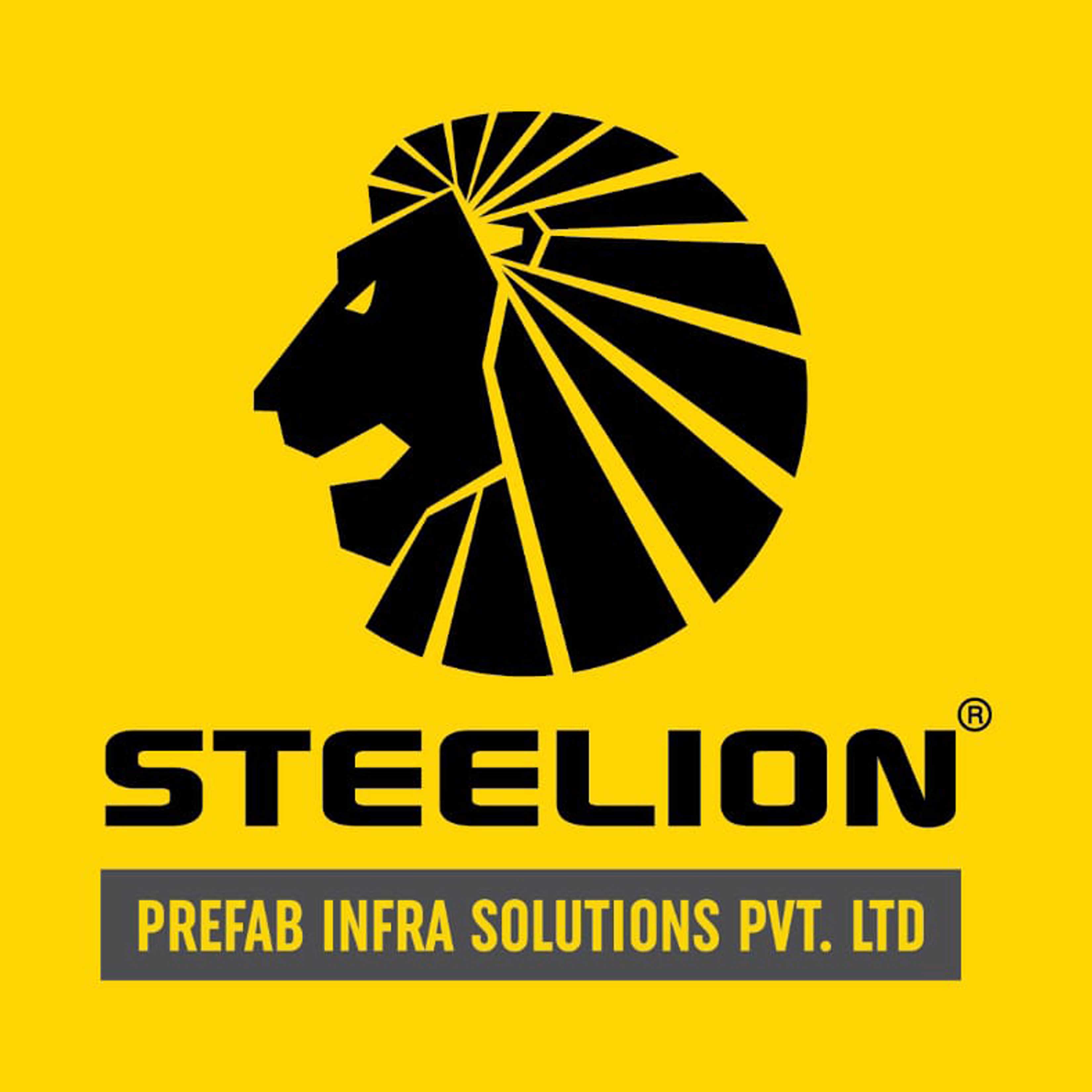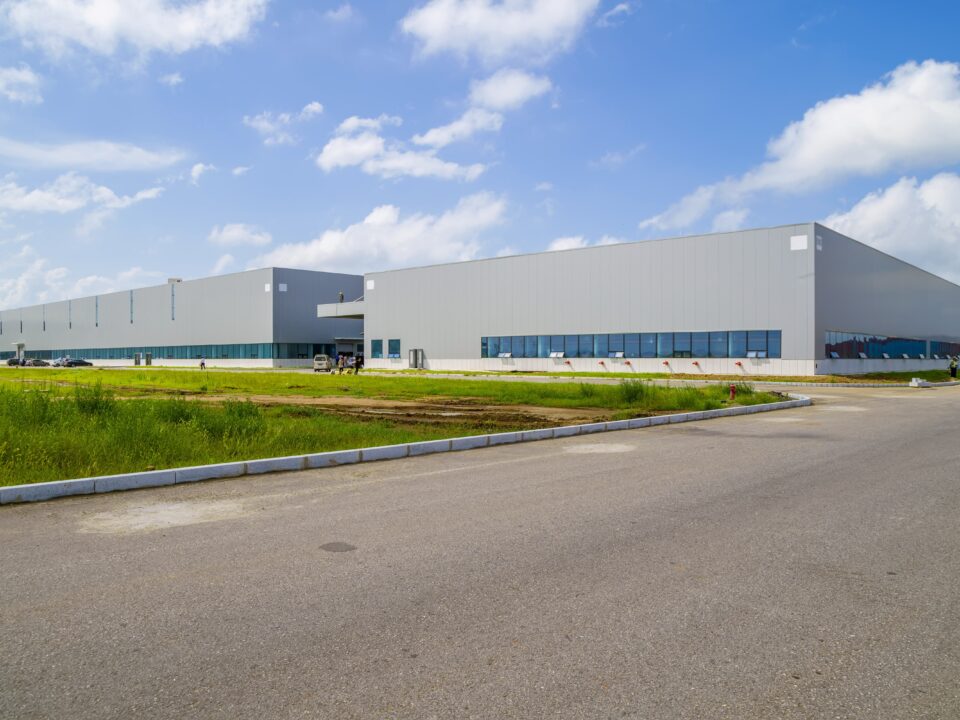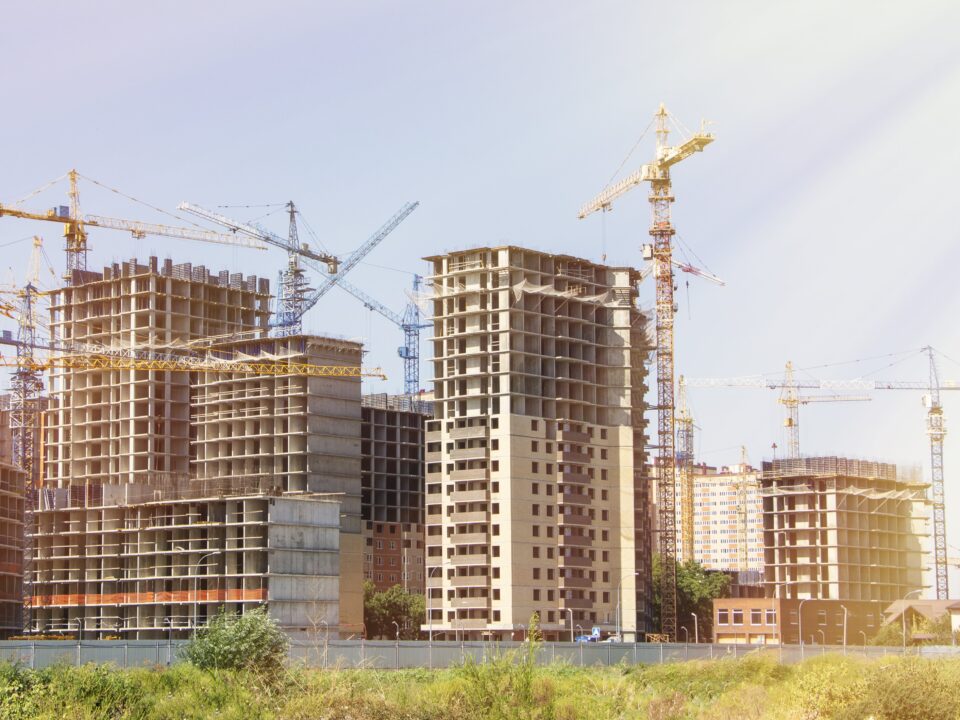Prefab Construction Best Practices – EVERY STEP COUNTS!

Impact of Prefab Construction on Current Real Estate in India
June 29, 2022
Getting the BEST out of the DATA
July 7, 2022Impeccable working collaboration and effective communication among project stakeholders; efficient supply chain management; accurate design and early design detailing; and suitable procurement strategy are the prerequisites of a successful prefab structure. Through this blog, we take you through the elements that ensure a prefab project’s success…

The IKEA’ization of buildings and parts is creating hype in the industry; with more and more companies opting for prefabricated construction methods. Be it QSR chains or hospitals or even residential buildings, prefab structures are making their forays globally. Owing to their myriad advantages, these structures are slowly gaining significant importance in the overall construction landscape. Before you get into any prefab project, you need to make sure they work efficiently, have a plan of action for your specific structure, and provide time-saving solutions. These best practices will ensure that your prefab construction journey succeeds from the word GO…
Gauge the Feasibility
This is the first & foremost step before you dive into your prefab construction journey. The feasibility analysis helps in understanding the longevity of the prefab project while examining any potential pitfalls or loopholes that may arise during construction. If we miss out on this very elemental step, chances of the prefab project getting impaired is way too high and in this highly volatile and cost-competitive landscape, we are sure that no one would want to take this route. The feasibility study helps companies understand every nuance of the project in detail before the project starts, which ultimately saves in potential time & cost as we move along the journey.
Design IT Right!
Applying thoughtful design choices will always be crucial for any project and it’s an even bigger challenge for a modular design because you can’t make changes to it once the building reaches the factory production stage. As the conceptual design process advances, construction companies in alliance with their prefab solution providers should be able to respond to important questions such as the minimum floor space required or any future expansion needs. These factors help architects have a deep dive perspective, which helps in setting accurate expectations for customers. It is vital to prevent any modifications to the modular project once it reaches the assembly stage. The cost savings of permanent modular construction is centred upon efficiency and building the same module continually in an assembly-like manner. Any changes in design once the modules are assembled will not only mar the project’s progress but will also invalidate modular construction’s advantages over traditional construction.
Site Planning
Once the design is finalized, site planning is the next big aspect to deal with. Site planning involves acquiring building permits. This should be at the forefront of a modular team’s process in site planning. Also, if a turnkey solution is offered, companies know for sure that no detail will slip through the project plan. This warrants advance planning of projects, since converting a traditionally-designed building into a modular project later in the project schedule can result in myriad problems. For instance, modular layout will establish the final foundation design requirements. As a result, any changes in the modular layout may require changing a structure’s foundation or necessitate additional structural design services.
Fabrication
Fabricationempowers the project with the benefits of work schedules, materials and sub-trades, ensuring quality standards are met in record time. As each section of your module is complete, sections will be transported to the site; while carrying out due diligence.
Sound inventory management
In prefab construction, inventory is everything. When dealing with such a high volume of inventory, it’s important to have a system in place that helps manage everything — from scheduling to reporting — seamlessly. Ineffective workflow management protocols can result in uncertainties and project risks, in terms of mismanagement, budget overruns, mishandling, and quality issues.
Material procurement is one of the most important aspects of cost and quality control for construction projects, which is why contractors need to streamline sourcing processes and introduce greater efficiency into their practices. By implementing control and checking process-based protocols for ordering, shipping, handling, utilization, and storage, construction companies can ensure that all construction material is being optimally consumed. Construction materials mismanagement and wastage leads to cost overruns and significant challenges with timely project completion. Companies need to execute stringent storage protocols for on-site management of materials, to increase their lifespan and maintain their quality.
Site Access & Transportation
Prefab companies have another bigger concern to deal with – site-access issues. The project site must have enough space for the modules to be lifted by crane onto the foundations. There must be sufficient space for the crane placement. Additionally, the team should also factor in the allocation of sufficient space on site to store modules while they are awaiting installation. If there is limited space, the team needs to make provision for logistical requirements to ensure that the modules are not delivered to the project site until ready for installation.
Installation
As long as the fabrication of each section in your modular is performed well, the installation becomes quick and easy. Teams need to work together on the project schedule – who starts, who works next, which teams can work simultaneously? Firms need to avoid workflow traffic jams that may result in costing more money while one team waits for another to finish their work. Each team needs to be accountable for beginning and finishing their job on time. Added to that, safety can be greatly enhanced with prefabs. With fewer people working on the jobsite at one time, there are fewer ‘working parts’ – people and equipment – to be involved in workplace mishaps.
Automate
Construction companies should aim at automating processes as much as possible as this makes perfect business sense not only economically but also performance-wise. With off-site construction, where critical steps are completed at different locations, it’s absolutely necessary that every person has access to the same design documents at all times. Building Information Technology (BIM) has become the saviour of PEB construction companies when it comes to coordination. This digital technology lets the design documents be shared and edited by all stakeholders the moment the drawings are created. With BIM, the modular manufacturer can partner with the designer to communicate clearly about specific structural parameters, design efficiency issues, and requirements of modular best practices. By working together, the design/build team are more likely to meet or even exceed deadlines and create a structure with minimal change orders or delays.
Collaborate
For any building project to be successful, stakeholders need to be in sync right from the start. Coordination is critical for any construction process and it’s especially important when working on prefab building. Every team member must understand and be committed to the concept, design, and dynamics of prefab construction. By working together from the start and communicating clearly about every element of the project, prefab construction companies can ensure that their modular design is feasible, that all the elements fit together upon arrival, and that they are able to leverage all the benefits of this unique building method.



